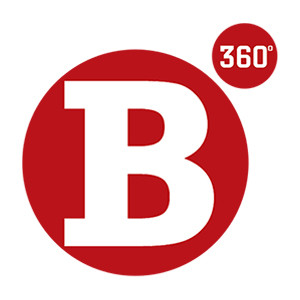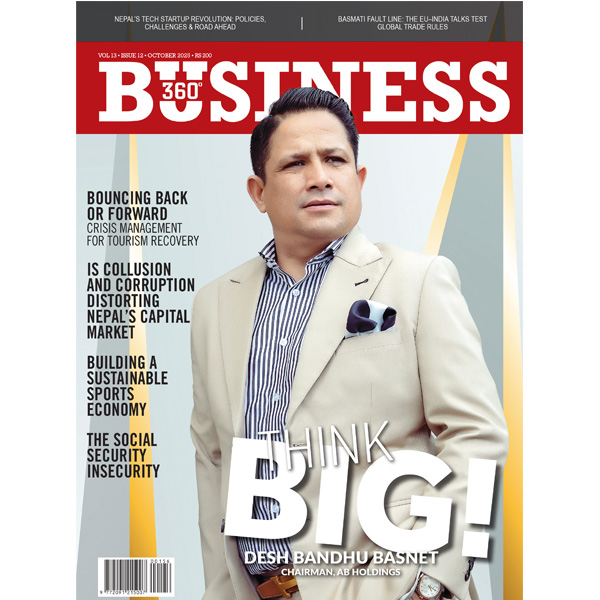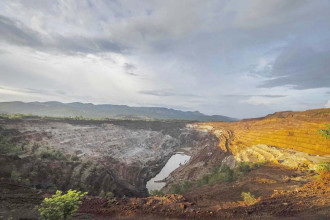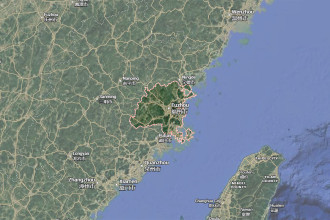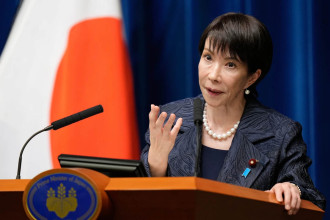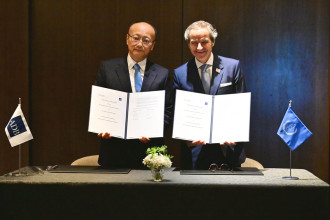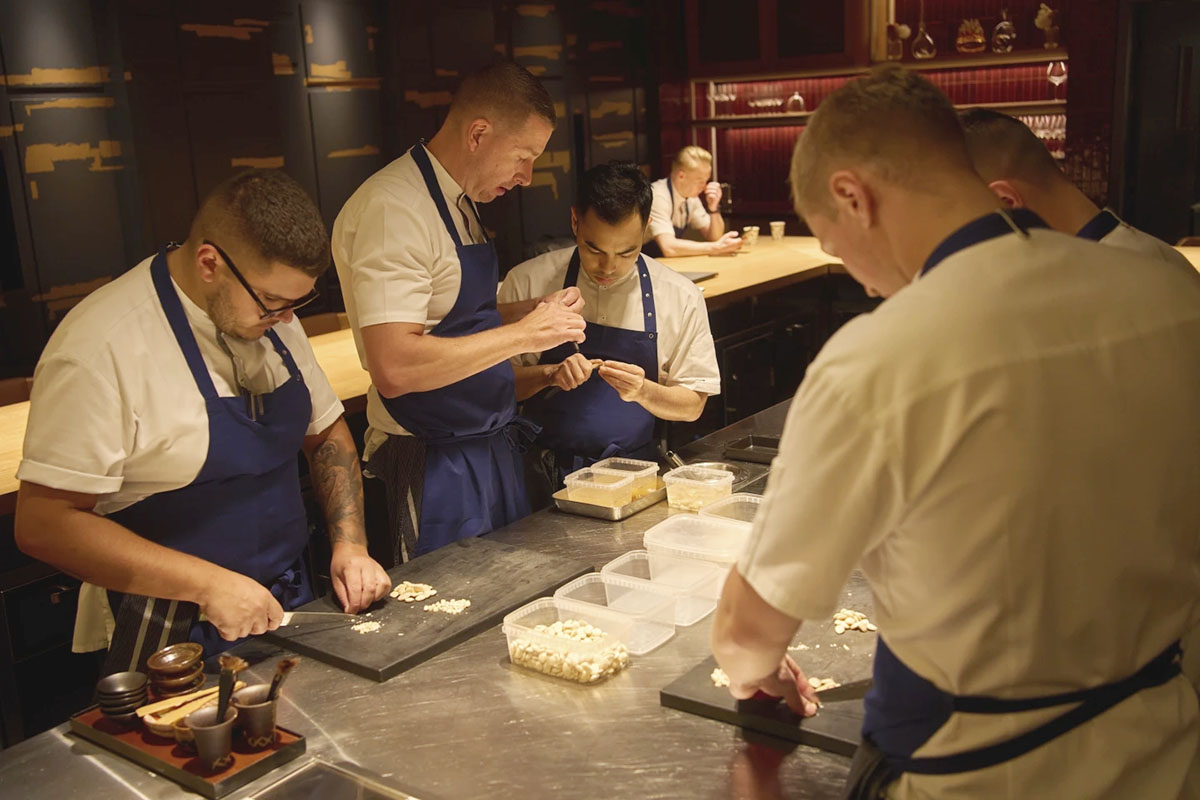
DUBAI, UAE: From suspended tables to underwater lounges, some 13,000 food and drink establishments in Dubai pull out all the stops to attract customers in one of the world’s most saturated dining markets.
They cater to all tastes and budgets. Some spots ladle out inexpensive biryani while others offer dishes dusted with edible gold.
These are some of the ways the emirate is competing with its neighbours Saudi Arabia and Qatar for tourist dollars and, so far, it is beating them handily. Dubai has more restaurants per capita than any major city except Paris.
But the emirate’s booming restaurant scene is testing the limits of its growth-at-all-costs model, raising questions about how long Dubai can keep feeding its own ambitions.
A crowded and competitive market
The competition is cutthroat, so presentation is key.
“Gone are the days when it just tastes good,” said Kym Barter, general manager of Atlantis The Palm, a resort perched on a man-made archipelago that boasts more Michelin stars than any other venue in the Middle East.
But dazzling Dubai’s food bloggers – the most popular of whom have millions of social-media followers – is not enough. Staying afloat means battling high rents and winning over a diverse and demanding group of consumers.
Dubai has roughly nine expatriate residents for every Emirati citizen. Most of its private-sector workers are migrants on temporary contracts, and only Vatican City has a higher share of foreign-born residents.
Tourists, in turn, outnumber locals by about five to one, and they spend lavishly. Visitors to Dubai drop an average of more than five times what those travelling to nearby Saudi Arabia or the US spend, according to global restaurant consultant Aaron Allen.
Dubai is “on the right path” to becoming the world’s food capital, said Torsten Vildgaard, executive chef at FZN by Björn Frantzén. The restaurant, which runs at more than $540 a head, was one of two in Dubai to nab three Michelin stars in May.
“We’re only seeing the tip of the iceberg of what’s to come in terms of gastronomy here,” Vildgaard added.
With each new set of illuminated high-rises and hotels, another crop of eateries emerges, vying for patrons. The legions of construction workers powering Dubai’s progress also need affordable options.
That growth, propped up in part by investor pressure on some of the world’s biggest chains to expand in Dubai, has created what some analysts warn is a bubble.
“If you’re a publicly traded company like Americana, what are you supposed to do — just stop opening restaurants?” Allen said, referring to the Gulf-based operator of KFC, Pizza Hut and other big franchises.
The frenetic expansion of Dubai’s restaurant industry is part of a regional shift that has seen Gulf Arab states pour hundreds of billions of dollars into building out tourist destinations as they move away from hydrocarbons to diversify their economies. Saudi Arabia has a high-stakes, $500 billion project: a straight-line futuristic city called Neom.
But, in a Muslim-majority region, the United Arab Emirates has gone to lengths that some consider too much of a compromise, including relaxing restrictions on alcohol that fuel its pubs and nightlife and enacting other social reforms.
High costs and failure rates
The rapid development comes at a price. Dubai’s restaurants have a high failure rate, industry veterans say, though local authorities do not disclose closure figures. In the downtown district and other prime areas, annual rents for restaurants can top $100 per square foot, on a par with some of the world’s most expensive cities.
Still, the emirate issued almost 1,200 new restaurant licences last year, according to Dubai’s Department of Economy and Tourism. The department declined to respond to questions.
Empty tables during peak hours are common, even in top locations. Part of the problem, managers say, is that traffic congestion is so severe persuading diners to drive out can be a tall order.
“I sometimes go, ‘Do I go into the restaurant right now, because I’m going to get caught in traffic?’” said Waseem Abdul Hameed, operations manager at Ravi, the Pakistani family-owned eatery famous for its official Adidas shoe line and a 2010 TV feature with Anthony Bourdain.
He knows restaurateurs who have had to shut up shop and others who are squeezed by slim margins and increasingly reliant on delivery apps.
The demand sends fleets of migrant workers racing through gridlock on motorbikes, with few protections and tight delivery windows. Emirati newspaper Khaleej Times reported the accidental deaths of 17 Dubai food couriers last year.
“The math of Dubai’s restaurant scene doesn’t add up, delivery apps and wealthy tourists notwithstanding,” Allen said. He cited operating expenses that have more than doubled relative to sales since 2009, when a financial crisis almost hobbled the emirate.
Too many Dubai entrepreneurs, he put it simply, have “too much money, and they don’t know what to do besides open restaurants.”
By RSS/AP

